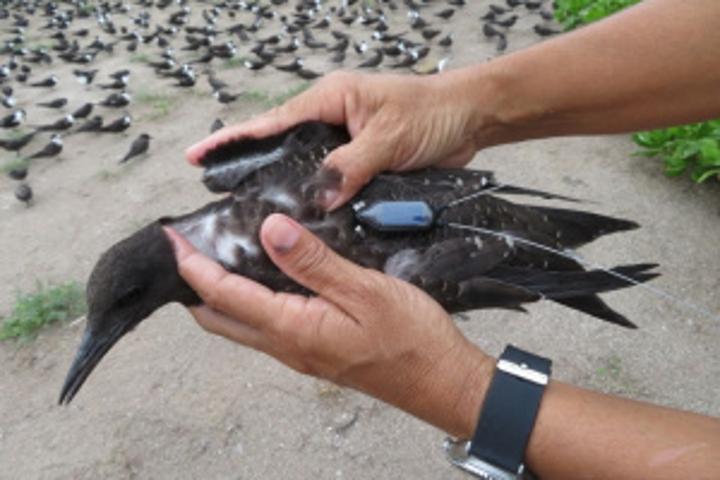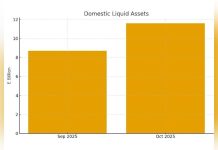Africa-Press – Eswatini. A group of local researchers has partnered with Germany-based Max Planck Institute of Animal Behaviour to track sooty terns’ movements by satellite.
Martin Wikelski, the managing director of the Department of Migration at the Max Planck Institute of Animal Behaviour, and Uschi Mueller were in Seychelles recently to help with the study.
Earlier this year Rachel Bristol and her project partners, Chris Feare and Christine Larose, presented the findings of their project to track the sooty terns.
The project has particular significance to the development of Seychelles’ blue economy and marine spatial plan as it identified the areas that juvenile sooty terns have been flying to, possibly linked to the areas where there is high food availability.
It was through this project that the institute contacted SeyCCAT — Seychelles Climate Change Adaptation Trust — which funded the project, asking if it would be possible to deploy up to 300 of their Icarus satellite transmitters in Seychelles.
“This new tracking study will help us understand better the movements of sooty terns from Bird Island and provide additional information on the areas of the Indian Ocean that are important for them. This can help identify candidate areas for high seas protected areas as well as lead to an understanding of the multi-lateral nature of protecting wide-ranging species,” Bristol told SNA.
The researcher added that the German team who were in the island nation in June brought 250 of their ICARUS (International Collaboration for Animal Research Using Space) 5-gram satellite tags with them.
“We all went up to Bird Island and put 156 tags onto incubating adults. We tagged both members of breeding pairs. We, the local team, then returned to Bird Island in August to tag juveniles on the point of fledging and to tag the chicks of the adult pairs we had fitted with satellite tags in June,” she explained.
Bristol, who is very excited with this new development and the kind of information that can be collected, said that the team is already receiving tracks for the adults, “and the juveniles we tagged should now also have fledged and been providing tracking information, however, we have yet to visualise their tracks as we are awaiting uploading of their tag details and movements into the online viewing platform Movebank.”
The next step for the local team is to tag sooty terns from the main outer island colonies in the Cosmoledo and Farquhar groups to understand the movements and areas of ocean used by the sea birds from the outer islands colonies. “Do they use the same areas as the Bird sooty terns or do they travel to and utilize other oceanic areas?” asked Bristol.
She added that satellite tagging studies will also be useful to understand the movements of other seabirds in Seychelles – 115 islands in the western Indian Ocean, where other methods of tracking their movements are not feasible.
“This is an excellent example of how SeyCCAT financing of pilot type projects can lead to exciting new collaborations providing Seychelles with resources to conduct much larger studies,” concluded the researcher.
On its part, the trust said: “Our SeyCCAT grant has thus paved the way for much more detailed studies of Seychelles Sooty Terns than we had considered possible.”
For More News And Analysis About Eswatini Follow Africa-Press







